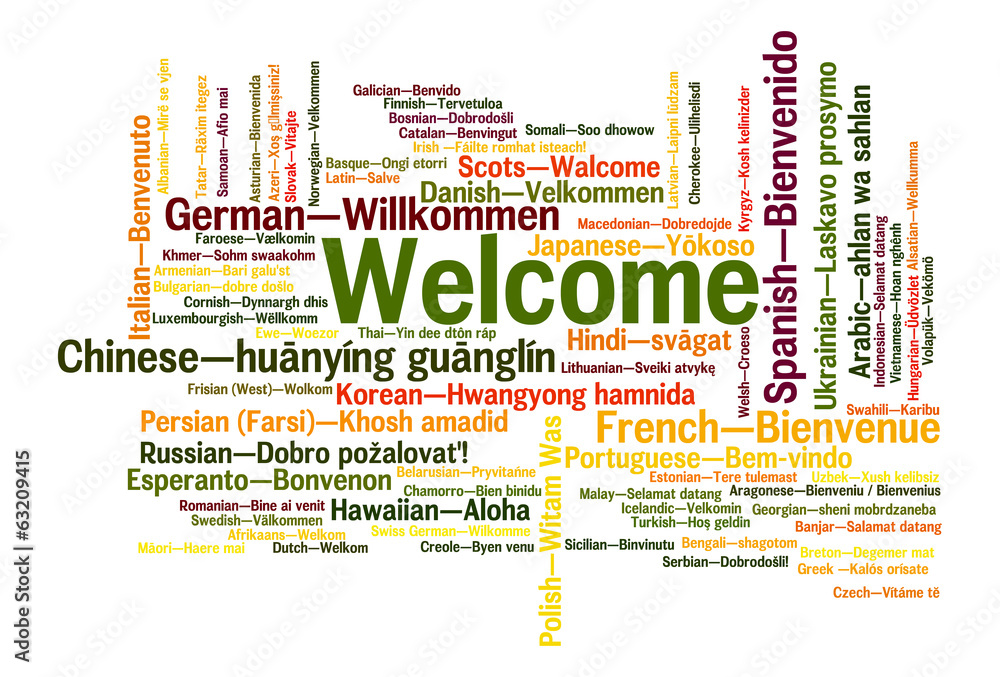Colleen Burke — Group 1
Building Schools in Developing Countries
When I was reading about modernization, one of the things that kept coming to mind was how Western-centric the concept was. Immediately my brain went to ideas of assimilation and gentrification, both inside and outside of the United States. One thing that specifically stood out to me was the “assumption that third world countries are traditional and western countries are modern.” With that alongside the idea that in order for something to be modernized you must completely replace pre-existing structures and values, I thought a great deal about colonization and colonialism.
Something I have seen a great deal of throughout my life is the idea of “mission trips” or trips where someone (typically a white student, often through a church or university) goes to an underdeveloped company and performs a short-term task. Sometimes this is building a church, a soccer field, a house, a school. Sometimes it’s providing medical assistance, medical supplies, even shoes (see: Toms shoes).
One thing that has been brought up countless times is how helpful is it actually? I came across this blog post that called for not building more schools, which, at face-value, feels like a really risky thing to say. Then I read on, building schools in underdeveloped countries has not necessarily led to more students in the classroom, and there are other methods that might be better suited to encourage folx to seek out and spend time on education. Many places also feel an impact while folx are there, but when they’re gone the community is left with a hole that they may not have resources to fill. Another aspect is how Western cultures view education – this might not fit well with all communities and all cultures, and should be (but often isn’t) considered when trying to support educational development.



